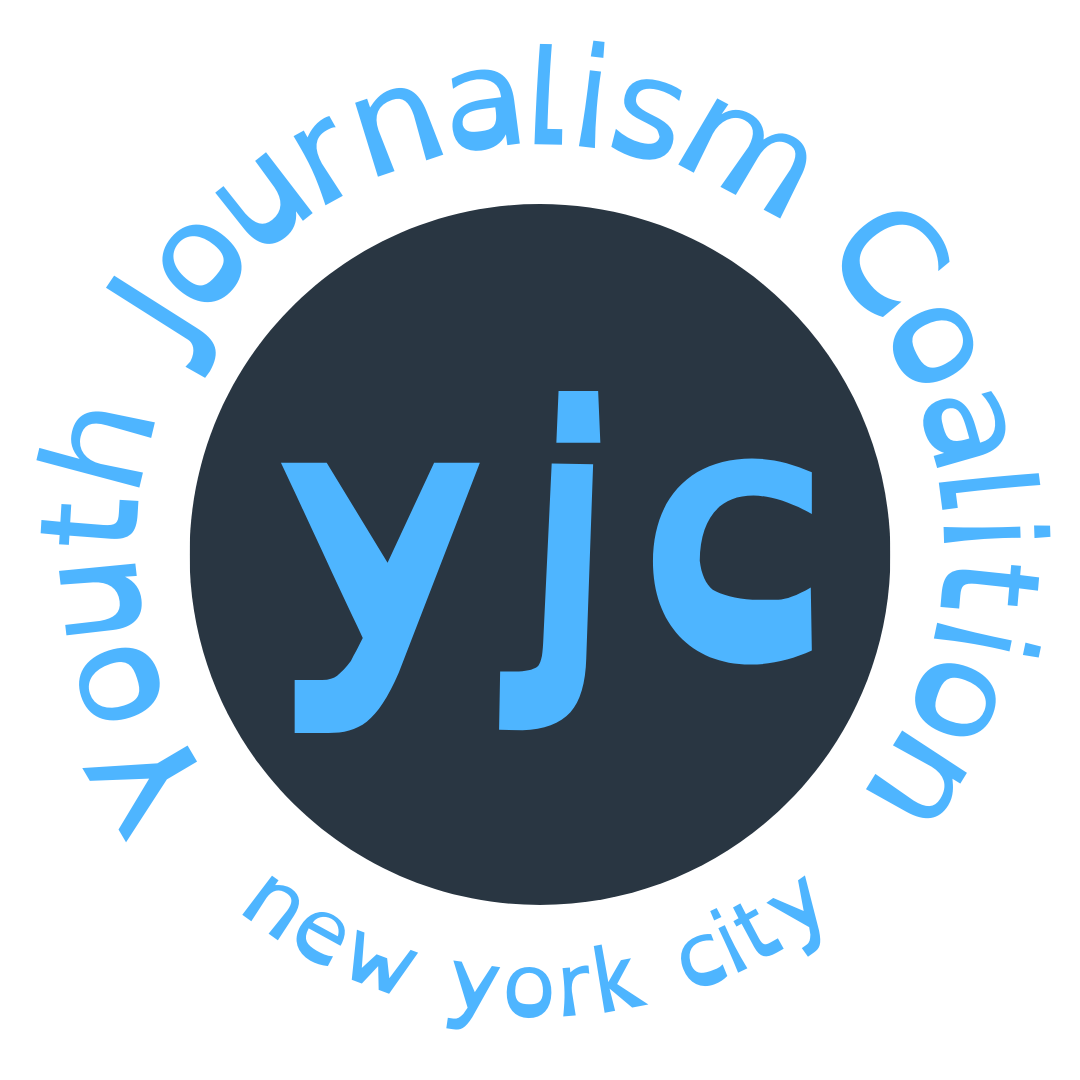NYC Council Education Committee to address journalism access in public schools
NYC Youth Journalism Coalition student leaders prepare to testify at December 4 hearing.
NEW YORK, NY – Student journalism programs are scarce in New York City public schools, particularly those that serve the system’s poorest students and those with the highest enrollment of students of color. On Wednesday, December 4, the City Council’s Education Committee will hold a hearing on a bill aimed at increasing transparency around this stark inequity.
Introduced by Council Member Rita Joseph, Int. 1057 would require the NYC Department of Education to collect and publish annual data on the availability of journalism programs in public high schools, a critical foundation for identifying and addressing disparities in access to student journalism citywide.
"As a former educator and a passionate advocate for educational equity, I know the transformative power of student journalism in amplifying young voices and building critical skills. Unfortunately, access to these vital programs is scarce in too many of our public schools, particularly those serving our Black and Latino students and those in our city’s most underserved communities. That’s why I introduced Int. 1057,” said Council Member Joseph. “Transparency is the first step toward ensuring every student, regardless of zip code, has the opportunity to develop their voice and tell their story."
The hearing will feature testimony from five public high school students, including Liza Greenberg, student newspaper editor-in-chief at Bronx High School of Science and leader with the NYC Youth Journalism Coalition.
"At my school, I see firsthand how student journalism fosters a more informed and engaged generation,” Greenberg said. “By equipping New York's youth to navigate a media-driven world, recognize misinformation, separate truth from lies, and embrace their democratic responsibilities, an investment in student journalism will pay off.”
A 2022 Baruch College survey revealed only 27 percent of NYC public high schools had a school newspaper, down from 50 percent in 2009. Access is deeply divided across race and class. Among the 50 public high schools with the lowest poverty rates, 72 percent reported having a school newspaper, compared to just 6 percent of the 50 schools with the highest poverty rates. Similarly, for the 50 schools with the highest enrollment of White students, 76 percent reported having a school newspaper, compared to just 8 percent of the 50 schools with the highest enrollment of Black students and 16 percent of the 50 schools with the highest enrollment of Latino students.
Geanne Belton, the journalism professor who conducted the study, said she gathered the data after noticing that a number of high schools she worked with had discontinued their student newspapers. She said that mandating data collection could “help to encourage and sustain” student newspapers.
In the Springfield Gardens neighborhood of Queens, Karen Clements, a journalist-turned-teacher, runs a “newsclub” with special education students at middle school I.S.59. Clements stresses the need for representation, particularly for students with disabilities, who are often “left out of the newsroom.”
“The students in my newsclub wear their press passes all the time and with pride,” Clements said.
If Int. 1057 passes, eighth graders, like Clements’s students, will know which high schools offer these critical outlets for student voice when they are applying.
The hearing will take place on Wednesday, December 4, at 1:00PM at City Hall and is open to the public. Representatives from the NYC Department of Education are also expected to testify. Community members, educators, journalists, and advocates are encouraged to attend and participate in this discussion on the future of journalism education in New York City.
###
